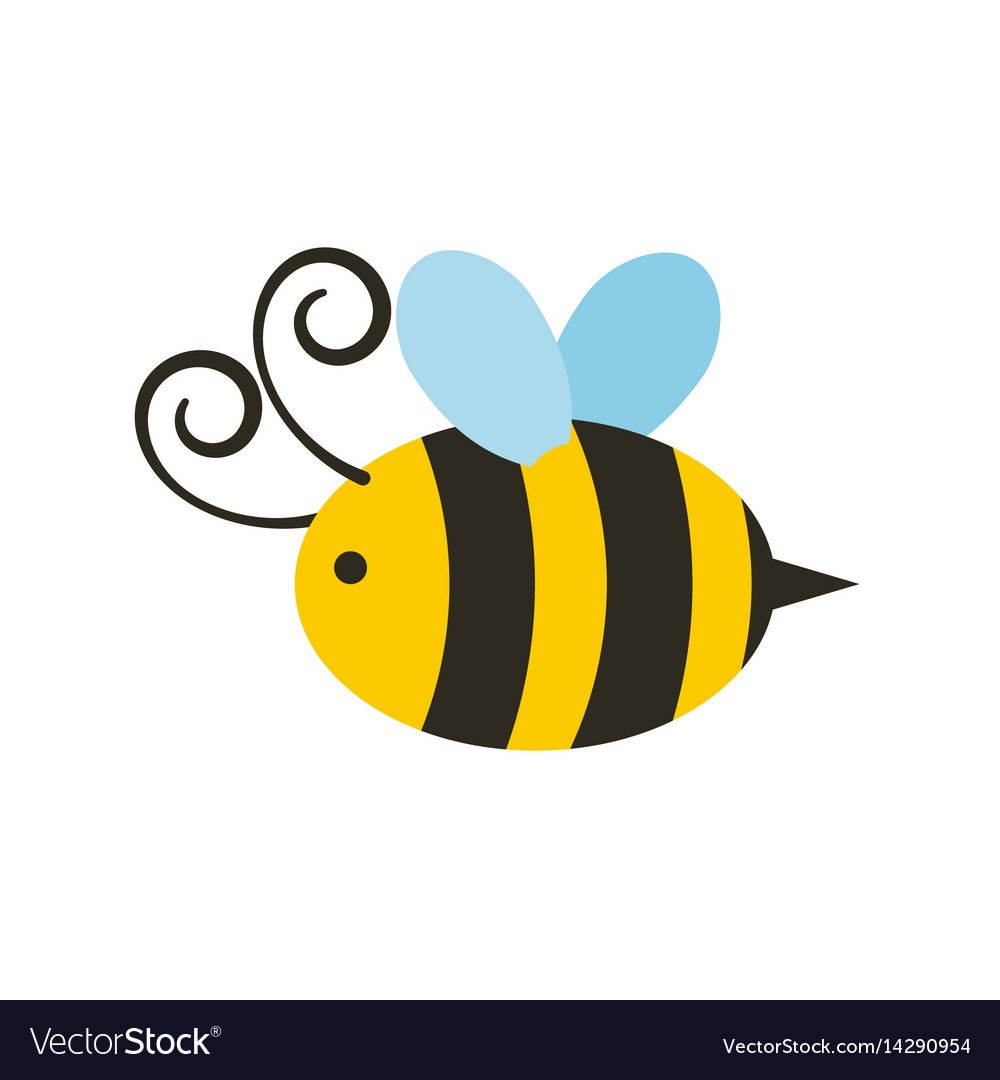- 2 Posts
- 2 Comments
Joined 2 years ago
Cake day: June 17th, 2023
You are not logged in. If you use a Fediverse account that is able to follow users, you can follow this user.

 0·2 years ago
0·2 years agoIt was me, I did it, I put that cheeky note on the noticeboard. I told the boss I accepted responsibility because I was in charge on that shift, but in fact it was me all along. Sorry Derek. (Not sorry.)


I’m in Scotland and varroa is present in most areas, apart from some of the islands. We use a variety of chemicals to control numbers, usually in the winter - in my apiary it’s vaporisation with oxalic acid. There other methods too, like drone sacrifice (use foundation with drone-size cells marked on it in one frame, and feed the resulting drone brood to the chickens), or dust the bees with icing sugar, so the mites fall off when the bees clean themselves. A Polish guy told me they put rhubarb leaves in their hives in summer.
If you can keep mite numbers low, the health of the hive isn’t too badly impacted. We had one hive of six get a heavier load for whatever reason, and we saw a few bees with deformed wings. The workers were also dragging out unhatched pupae that had deformed wings. We put in some Apiguard (miticide) strips. The other five hives were ok.
It was a truly valiant effort by Australia to try and eradicate varroa, but failing isn’t the end of the world. What’s needed is lots of information for beekeepers about the importance of treating hives to control the mites and thus the viruses they carry. I would say the impact on agriculture here has been minimal. It’s an extra cost and hassle for beekeepers and that’s about it.
Here we’re more worried about American foulbrood - there’s no approved treatment in the UK, so it really is disastrous. You have to stand back while your bees are euthanised and the hives burnt.